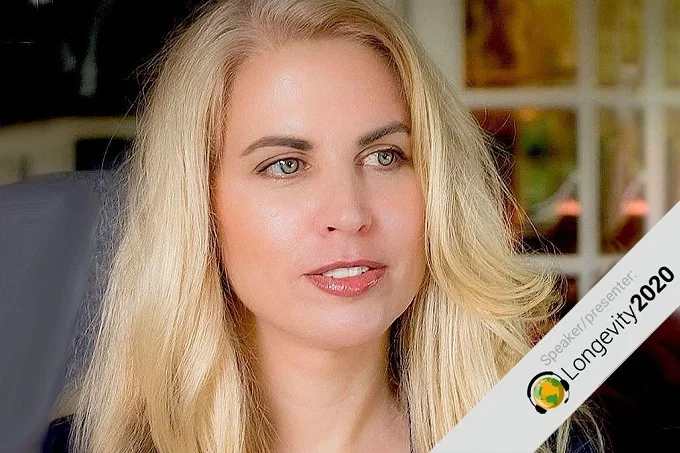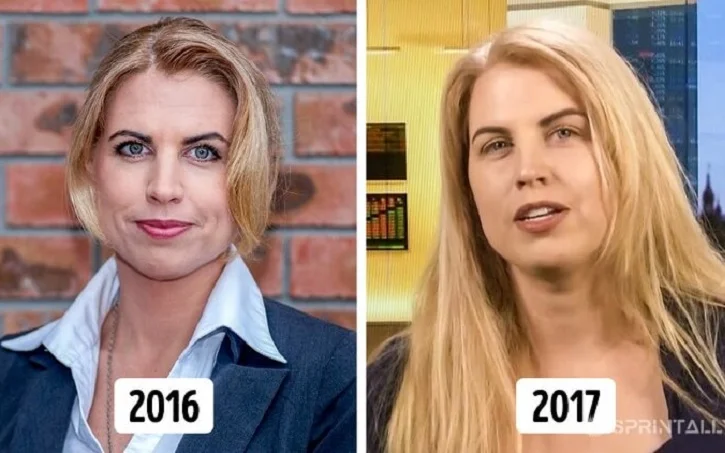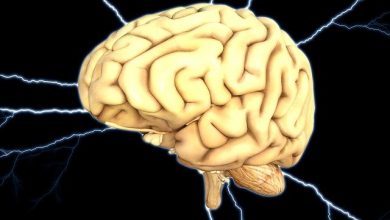The world’s first gene rejuvenation: is it possible to “reset” 20 years of life

Elizabeth Parrish, head of the American research company BioViva, became the first person to test anti-aging gene therapy in 2016 successfully.
Despite noticing the first age-related changes by external signs, the aging processes are formed and developed internally – at the cellular level. The ends of chromosomes are called telomeres. They do not carry genetic information, but they protect chromosomes, acting as a kind of “buffer” against wear and tear.
However, each time a cell divides, the telomeres gradually shrink until they are so short that they can no longer protect the chromosomes. As a result, the cell grows old and can no longer perform its functions.
An enzyme called telomerase is able to build short telomeres. Thanks to telomerase, aging cells of the body again acquire the ability to divide, like young and healthy cells. Until now, the telomere lengthening technique has been tested only on cultured cells and laboratory animals.

The first experiment to test a unique method of rejuvenation in humans began in September 2015, when 44-year-old Elizabeth decided to undergo two experimental gene therapy courses developed by her employees to slow down aging.
The first course is designed to prevent muscle loss with age, and the second is aimed at increasing telomerase production. The injections were given to Elizabeth in Columbia because the drugs were not approved by the US Food and Drug Administration (FDA).
The first results of gene therapy soon became known – and they are stunning! Tests showed that the drugs actually stopped telomere shortening. Leukocytes in Parrish’s blood became biologically younger, and telomeres “lengthened” by 20 years.

The discovery of BioViva attracted the attention of both scientists and investors, while the experiment continued and researchers are closely monitoring Parrish’s health.




